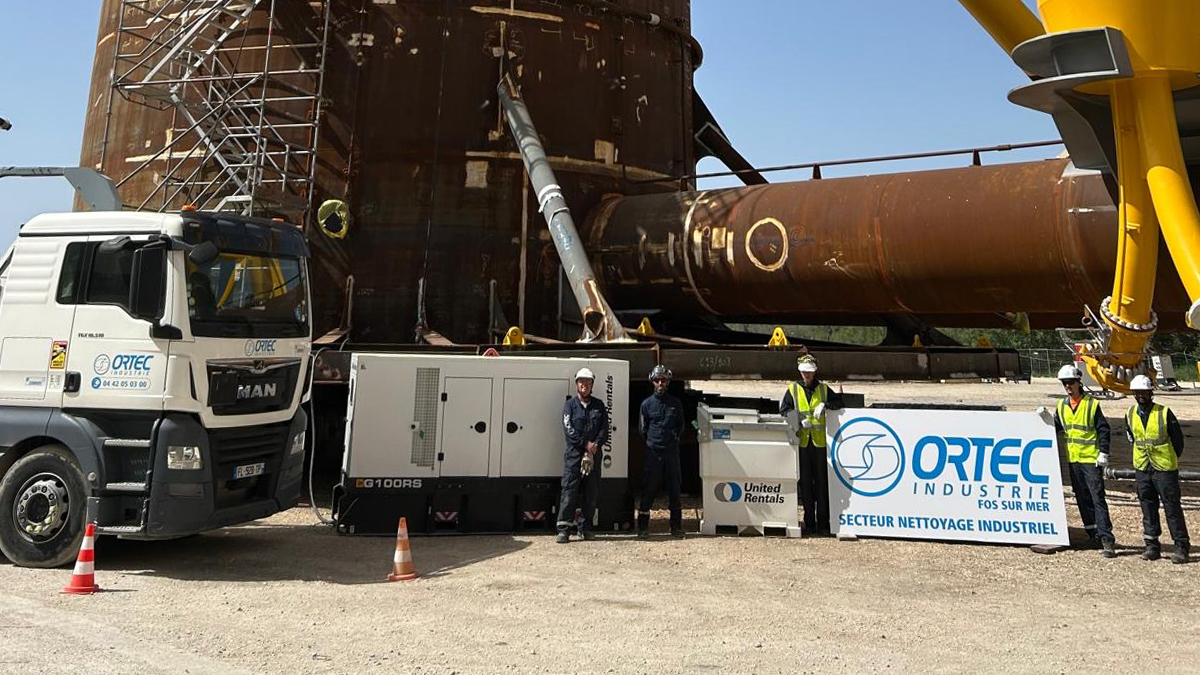Connected sewer cleaning trucks for greater safety and longer service life
The flagship vehicles in the environmental services sector, particularly in sanitation and industrial cleaning, Ortec Group’s sewer jetter trucks are optimized for operation thanks to telematics and data analysis.
These vehicles are commonly seen along roadsides and on industrial sites, maintaining networks and pipelines. Every day, Ortec’s hydrocleaner trucks are hard at work, both in France and abroad. Keeping these vehicles in good condition is essential for reliable operations, controlling costs and reducing CO2 emissions.
To address this particular challenge, the Ortec Group has launched a strategy of connecting these vehicles, in order to “read” their performance and analyze data feedback (CO2 emission levels, detection of malfunctions, regulation of energy consumption, etc.). This initiative is part of a global telematics policy deployed by the Equipment Fleet Department on more than a thousand vehicles and pieces of equipment.
Better understanding of vehicle operation
“Telematics should be seen as a tool for both agency managers and drivers to better understand and manage the condition of their trucks in terms of consumption, speed and early detection of potential issues” explains Frédéric Hubert, Deputy Director of Ortec’s Equipment Fleet.
The first experiment with this technology began a few years ago at the Fos-sur-Mer and Martigues agencies, where about a dozen trucks were equipped with sensors. “At the time, the goal was to collect data to analyze key operational aspects: vehicle power take-off and pump operating time” recalls Tanguy Le Bihan, IoT (Internet of Things) Engineer. These data points are essential for assessing the productivity of our hydro-cleaning trucks.
The challenge of implementing onboard telematics had officially begun! Expanding the range of control points and generalizing this approach were the objectives. Dantech, Ortec’s technical innovation center, is at the heart of this strategy. Telematics can be installed during vehicle revamping operations.
Optimization to reduce carbon footprint
For better processing, the information gathered is accessible to both the equipment fleet and agency managers. Onboard screens are also visible to the driver. Data includes pump operating time, engine mileage, maintenance alerts (oil change, tires) and geolocation. “This enables us to understand how our equipment is performing and set optimization goals for production times through smarter resource use. Telematics should help us reduce fuel consumption by promoting economic driving practices and efficient use of equipment, as well as reducing downtime” adds Tanguy Le Bihan.

The data collected can also extend beyond mechanical aspects to include equipment and on-board tools. “Tag systems make it easier for operators to perform safety checks before each shift, informing them of any malfunctions before they set out” continues Frédéric Hubert. This ensures higher quality services and guaranteed safety. The optimization efforts also contribute to reducing fuel and energy consumption, in line with the Group’s objectives to minimize its carbon footprint.






